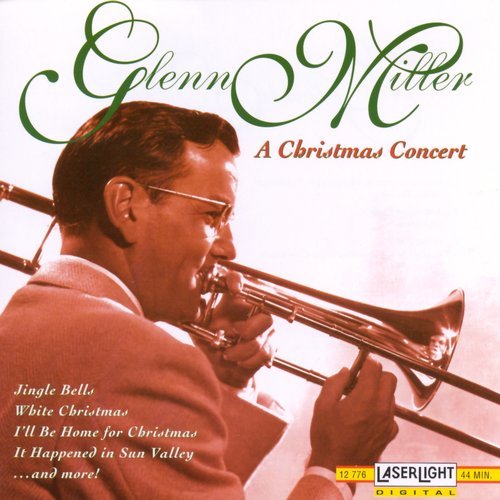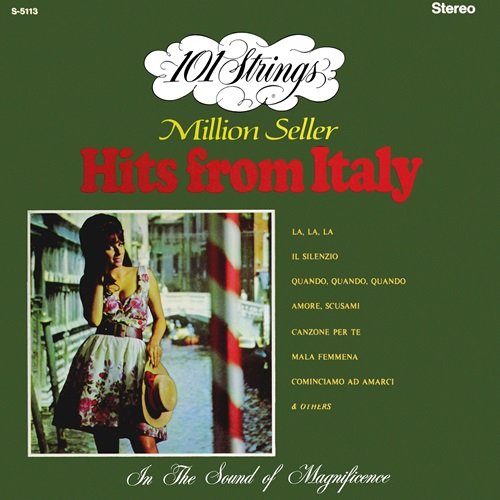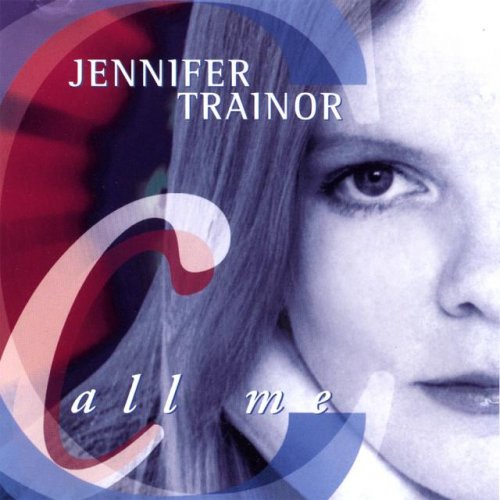Paul Nicholson - Handel: The 8 Great Suites for Harpsichord (1995)
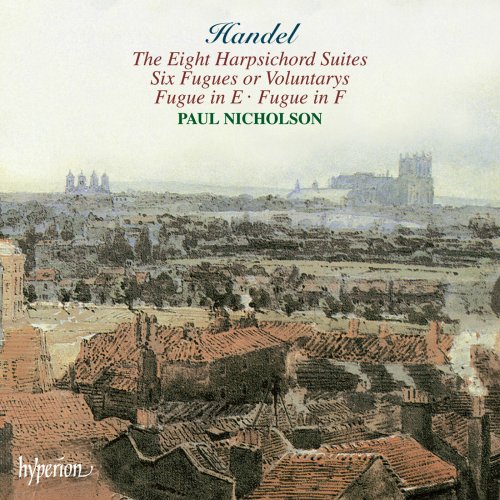
Artist: Paul Nicholson
Title: Handel: The 8 Great Suites for Harpsichord
Year Of Release: 1995
Label: Hyperion
Genre: Classical Harpsichord
Quality: flac lossless (tracks) +Booklet
Total Time: 02:27:37
Total Size: 897 mb
WebSite: Album Preview
TracklistTitle: Handel: The 8 Great Suites for Harpsichord
Year Of Release: 1995
Label: Hyperion
Genre: Classical Harpsichord
Quality: flac lossless (tracks) +Booklet
Total Time: 02:27:37
Total Size: 897 mb
WebSite: Album Preview
01. Suite No. 1 in A Major, HWV 426: I. Prelude
02. Suite No. 1 in A Major, HWV 426: II. Allemande
03. Suite No. 1 in A Major, HWV 426: III. Courante
04. Suite No. 1 in A Major, HWV 426: IV. Gigue
05. Suite No. 2 in F Major, HWV 427: I. Adagio
06. Suite No. 2 in F Major, HWV 427: II. Allegro
07. Suite No. 2 in F Major, HWV 427: III. Adagio
08. Suite No. 2 in F Major, HWV 427: IV. Allegro. Fugue
09. Suite No. 3 in D Minor, HWV 428: I. Prelude
10. Suite No. 3 in D Minor, HWV 428: II. Allegro. Fugue
11. Suite No. 3 in D Minor, HWV 428: III. Allemande
12. Suite No. 3 in D Minor, HWV 428: IV. Courante
13. Suite No. 3 in D Minor, HWV 428: V. Air with 5 Variations
14. Suite No. 3 in D Minor, HWV 428: VI. Presto
15. Suite No. 4 in E Minor, HWV 429: I. Allegro. Fugue
16. Suite No. 4 in E Minor, HWV 429: II. Allemande
17. Suite No. 4 in E Minor, HWV 429: III. Courante
18. Suite No. 4 in E Minor, HWV 429: IV. Sarabande
19. Suite No. 4 in E Minor, HWV 429: V. Gigue
20. Suite No. 5 in E Major, HWV 430: I. Prelude
21. Suite No. 5 in E Major, HWV 430: II. Allemande
22. Suite No. 5 in E Major, HWV 430: III. Courante
23. Suite No. 5 in E Major, HWV 430: IV. Air with 5 Variations "The Harmonious Blacksmith"
01. Suite No. 6 in F-Sharp Minor, HWV 431: I. Prelude
02. Suite No. 6 in F-Sharp Minor, HWV 431: II. Largo
03. Suite No. 6 in F-Sharp Minor, HWV 431: III. Allegro. Fugue
04. Suite No. 6 in F-Sharp Minor, HWV 431: IV. Gigue
05. Suite No. 7 in G Minor, HWV 432: I. Ouverture
06. Suite No. 7 in G Minor, HWV 432: II. Andante
07. Suite No. 7 in G Minor, HWV 432: III. Allegro
08. Suite No. 7 in G Minor, HWV 432: IV. Sarabande
09. Suite No. 7 in G Minor, HWV 432: V. Gigue
10. Suite No. 7 in G Minor, HWV 432: VI. Passacaille. Chaconne
11. Suite No. 8 in F Minor, HWV 433: I. Prelude
12. Suite No. 8 in F Minor, HWV 433: II. Allegro. Fugue
13. Suite No. 8 in F Minor, HWV 433: III. Allemande
14. Suite No. 8 in F Minor, HWV 433: IV. Courante
15. Suite No. 8 in F Minor, HWV 433: V. Gigue
16. Fugue or Voluntary No. 1 in G Minor, HWV 605
17. Fugue or Voluntary No. 2 in G Major, HWV 606
18. Fugue or Voluntary No. 3 in B-Flat Major, HWV 607
19. Fugue or Voluntary No. 4 in B Minor, HWV 608
20. Fugue or Voluntary No. 5 in A Minor, HWV 609
21. Fugue or Voluntary No. 6 in C Minor, HWV 610
22. Fugue in E Major, HWV 612
23. Fugue in F Major, HWV 611
During the Classical Baroque era Italian music was conceived primarily under the inspiration of the human voice and of the voice-emulating violin, whereas French music was geared rather to the keyboard and dance. From the Renaissance onwards, the communally-minded French had excelled in this dance music and by the time of Louis XIV, ‘Le Roi Soleil’, the dance suite – with each dance Frenchified to accord with the dictates of a putative master of the world – had been accepted throughout Europe as a basic musical convention, collateral with the Italian sonata. All keyboard suites, even those of Bach fortuitously called ‘English’, are in this sense ‘French’, though by the eighteenth century the suite had formulated in music an ideal civilization which went beyond simple geographical frontiers. The same is true of the keyboard suites of Handel, that most European and cosmopolitan of the Classical Baroque masters.
Like most composers of the period, Handel was a virtuoso keyboard player, famed as an improviser. A considerable quantity of his harpsichord music was occasional and, being extemporized and strictly speaking ‘occasional’, has been lost; but in 1720, not long after he had settled in England, a collection of eight ‘Great Suites’ was issued in London. Significantly, their title page was in French – Suites de Pièces pour le Clavecin, Premier Volume. This was followed in 1723 by a second volume, comprising pieces originally published in Amsterdam plus some manuscript material. The Six Fugues or Voluntarys for keyboard – either harpsichord or organ – were London-published in 1735. The suites merit their appellation ‘Great’, for they are heroic music, with much of Handel’s secular operatic panache working alongside French nobility and decorum.
Most seventeenth- and eighteenth-century suites for lute or harpsichord begin with a prelude which is an as-though-improvised loosening-up exercise for the player’s fingers. The dances which follow it are either in simple binary form or in a hybrid between binary and ternary. If the former, the first half of the structure, usually in sixteen or thirty-two bars but sometimes in twelve, modulates from tonic to dominant if in a major key, or from tonic to relative if in the minor; the second half mirrors the first symmetrically, returning from dominant or relative to tonic. If the latter, the second ‘half’ is extended, and embraces more recondite modulations in returning to its home base. An eight-bar period may, for instance, be ‘answered’ by twelve or sixteen bars, incorporating something like a da capo of the original material and figuration. However disparate in length the two sections, they preserve a civilized equilibrium, and the mirror-like quality of the second half is frequently enhanced because it opens as a linear inversion of the first section.
Compared to Bach’s, Handel’s dance music is unabashedly secular, as we would expect of a composer who ranks alongside Mozart as being supremely humanistic. Even so, humane values imply a moral hierarchy, and it may not be an accident that the dance usually placed immediately after the quasi-improvisatory prelude, the ‘German’ allemande, was by Handel’s time sophisticatedly serious: Thomas Mace described it as ‘Heavie, fitly representing the nature of the People whose name it carryeth, so that no Extraordinary Motions are used in dancing it’. The German Mattheson maintained that between allemandes danced and allemandes played there was ‘as much difference as between Earth and Heaven’. Perhaps it was this ability to get the best of both worlds that gave the allemande pride of place.
There were two types of courante, French and Italian. The ‘running’ name suggests that it was originally a quick dance, but once again by the time of Handel the metrical complexities of the French type, veering and tacking between 3/2 and 6/4, had slowed it down, a steady pulse being essential for the cross-accents to be intelligible. Considerable sophistication was implicit in the dancing of French courantes, in which two steps were taken for each three beats of the music; such refinements were further cultivated in purely instrumental courantes. Handel, given his secular vivacity, did not often favour the French courante, but preferred the ‘running’ Italian corrente, notated in 3/4 in regular quavers and semiquavers, with a minimum of the notes inégales relished by the subtle French.
The sarabande had been introduced into the French court from Spain in 1588. Transplanted into England, it became skittish, as is evident in the sarabandes of the Elizabethan virginalists and of Jacobean and Caroline composers of masque music. During the course of the seventeenth century it progressively slowed down, culminating in the ‘pathetic’ type that Couperin called sarabande tendre, or in the powerfully emotive type, derived from the aristocratic lutenists and violists, which he called sarabande grave. Either way, the sarabande tended to be the suite’s centre of emotional gravity, its majestic pulse having a slight stress on the second beat of three, with a double-dotted uplift into the next bar. The related triple-rhythmed dances of chaconne and passacaille were originally processional wedding dances (usually over a ground bass), tending to be simultaneously sensual and sacral. If used in suites they were often placed last owing to their length and imposingly ceremonial nature.
But most suites ended with a gigue, simply because they were usually cheerful, asserting social solidarity. ‘Jigs’ were the English contribution to the European consort of dances, deriving from traditional country dances; but gigues were ethnically muddled, being either (most commonly) in Anglo-Italian style notated in flowing quavers in 6/8 or 12/8, or in the French style with a frisky dotted rhythm incorporated into 6/8, 12/8, or occasionally 9/8. Handel, as one would expect, favoured the Italian type and never exploited the rigorously contrapuntal German-style gigue. Most gigues open their second ‘half’ with thematic inversion, imposing order on what might have been unbridled energy.
In the ‘average’ suite some licence was allowed in the selection of lighter dances or galanteries, placed between the high point of the sarabande and the social jollity of the gigue. The most fashionably favoured, especially by dancers, was the menuet which, in 3/4 or occasionally 3/8, had une élégante et noble simplicité, and often incorporated another dance (called a trio because it was originally in three melodic parts) in an ABA sandwich. Other semi-popular dances, such as gavotte, bourrée, rigaudon and musette, could be similarly treated, while more exotic or demotic numbers, such as loure, sicilienne, canaris, polonaise and tambourin, could deputize for the more familiar types. The occasional ‘air’ has nothing to do with the French air de cour, but probably derives from the air de symphonie par lequel débute un ballet. Handel’s suites, as befits a free-ranging European, interpret the convention of the suite very liberally. He adapts or rejects as fancy pleases, inclining to the Italian styles and to the then ‘modern’ rococo formulae more readily than do Bach or Couperin.

![Johnny Janis - Playboy Presents... Once In a Blue Moon (2015) [Hi-Res] Johnny Janis - Playboy Presents... Once In a Blue Moon (2015) [Hi-Res]](https://img.israbox.com/img/2025-12/29/hpechfkz7kpvyn01p0qdae2u4.jpg)
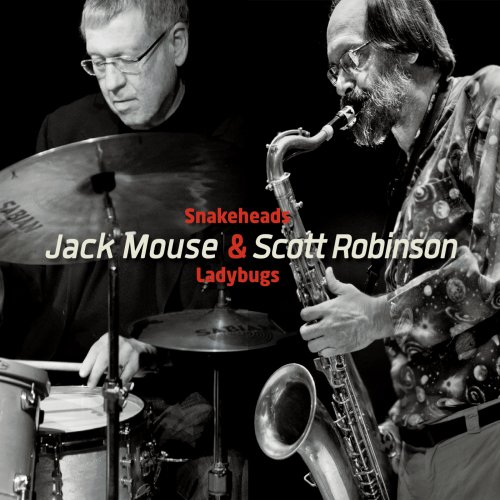
![Ben Marc - Who Cares Wins (2025) [Hi-Res] Ben Marc - Who Cares Wins (2025) [Hi-Res]](https://img.israbox.com/img/2025-12/29/nqg428wawx3giymyblda2ld32.jpg)
![Elsio Mancuso - The Last Stand (2026) [Hi-Res] Elsio Mancuso - The Last Stand (2026) [Hi-Res]](https://img.israbox.com/img/2026-01/01/9dn870pjrwgwaufih42blfchk.jpg)

